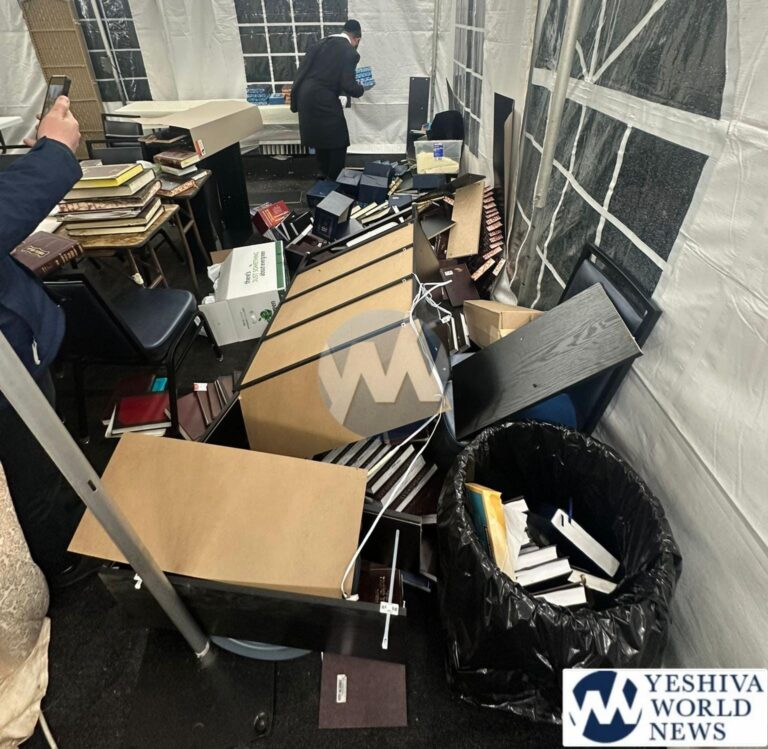 Mayor Michael R. Bloomberg, Council Speaker Christine C. Quinn, Health Commissioner Thomas R. Frieden and Fire Commissioner Nicholas Scoppetta today released the second annual Child Fatality Report, a review of preventable fatalities among children ages one to 12 years that found that fires are the second leading cause of child deaths from injuries in New York City after motor vehicle accidents. More important, the report found that three quarters of the fires that killed children in New York City have easily-preventable causes – either adult behavior like leaving candles unattended, overloading outlets, or not extinguishing cigarettes or children playing with matches or lighters.
Mayor Michael R. Bloomberg, Council Speaker Christine C. Quinn, Health Commissioner Thomas R. Frieden and Fire Commissioner Nicholas Scoppetta today released the second annual Child Fatality Report, a review of preventable fatalities among children ages one to 12 years that found that fires are the second leading cause of child deaths from injuries in New York City after motor vehicle accidents. More important, the report found that three quarters of the fires that killed children in New York City have easily-preventable causes – either adult behavior like leaving candles unattended, overloading outlets, or not extinguishing cigarettes or children playing with matches or lighters.
Because of this, and because last year’s Child Fatality Report focused on automobile accidents, this year’s report focuses on house fires and how they can be prevented. In analyzing the 43 residential fires involving child deaths in New York City from 2001 to 2006, researchers found that most (85 percent) were set accidentally. The interdisciplinary committee that reviewed the deaths was led by the Health and Fire Departments and also includes other city agencies, pediatricians and child welfare advocates.
The report found that death rates were similar for all New York City boroughs except Manhattan, where the risk was lower, but the study reveals sharp ethnic and racial disparities. Black children died at three times the rate of Hispanic children during the five year study period, and at twice the rate of white children. Overall, New York City’s child fire death rate has declined steadily over time.
A close review of the circumstances surrounding child fire deaths revealed several common risks:
*Working smoke detectors were found in only one quarter of homes where a fire resulted in a fire death.
*Nearly nine-in-ten children (89 percent) who died in a fire were at home with an adult.
Of the fatal fires started by children playing with matches or lighters, 81 percent started in a bedroom – most often a child’s room.
*Fatal fires were more common in some types of housing than in others. Nearly half occurred in multiple family walk-up dwellings, even though these buildings make up only 16 percent of the city’s housing. Illegal building conversions (such as adding walls without permits) and illegal occupancies (creating additional apartments) were linked to 28 percent of fires. Public housing units also experienced a disproportionate share of fatal fires (they account for 2 percent of the city’s housing stock and 16 percent of deadly fires), but all but one of these fires were related to human behavior (matches, lighters, etc.) rather than structural issues in the building.










